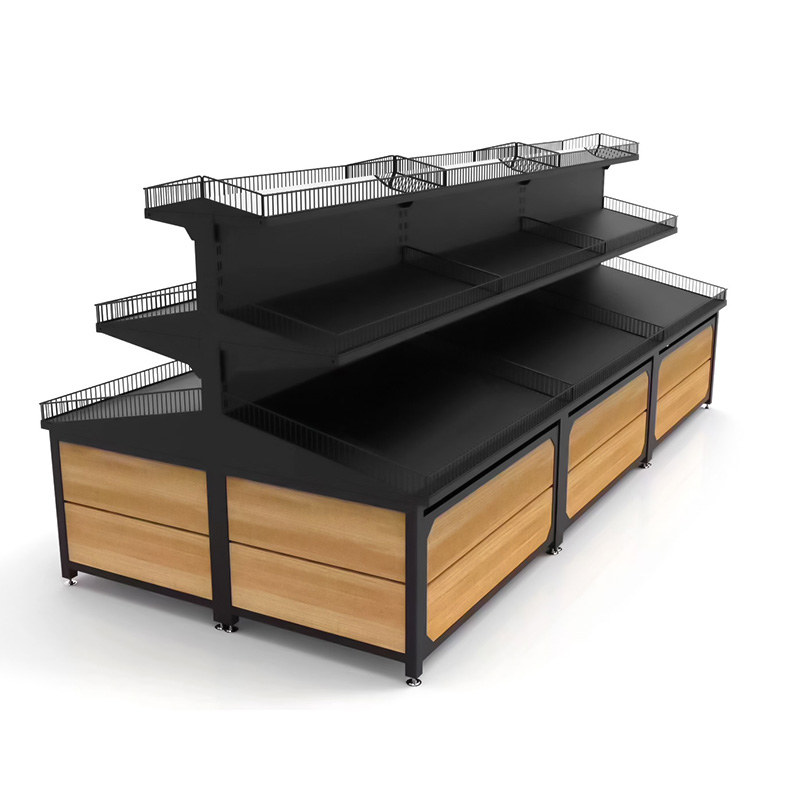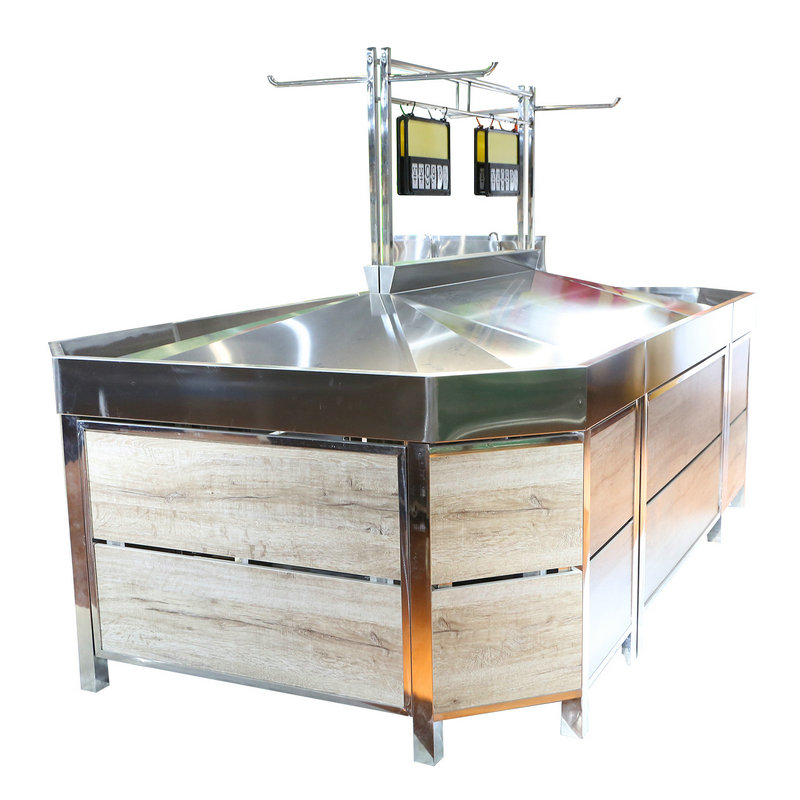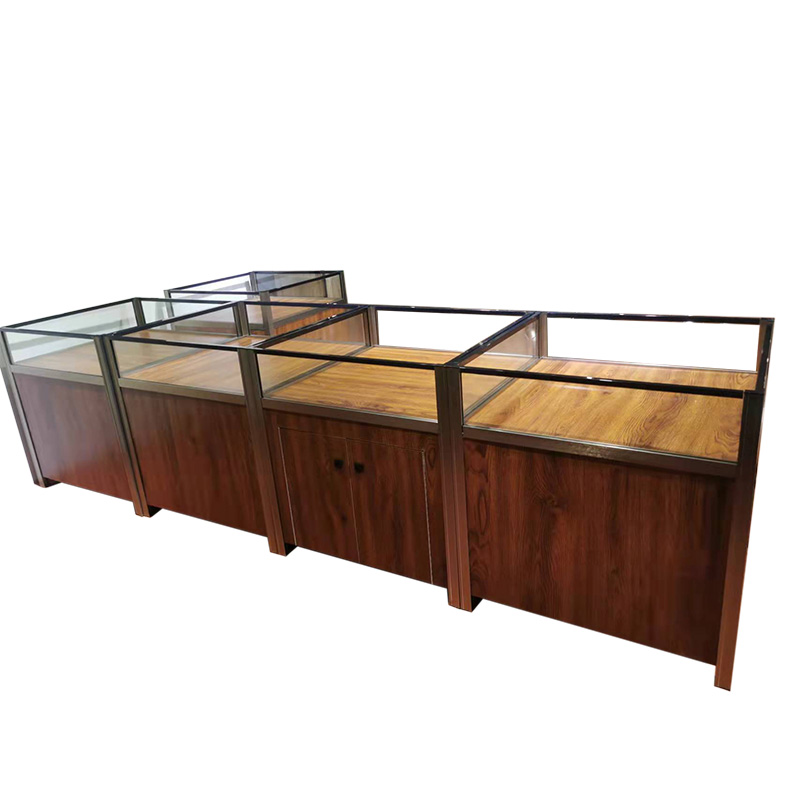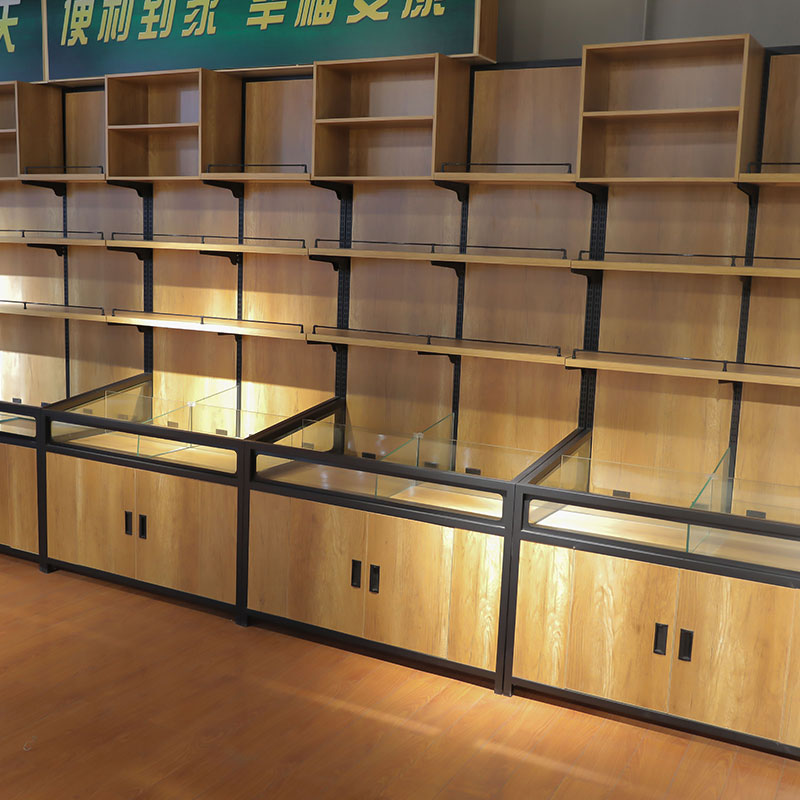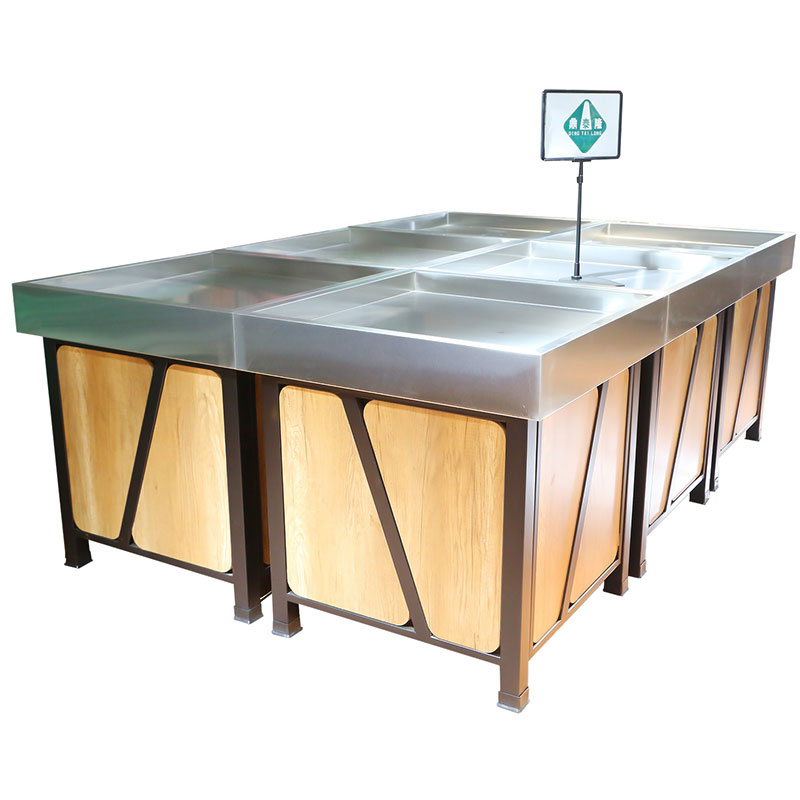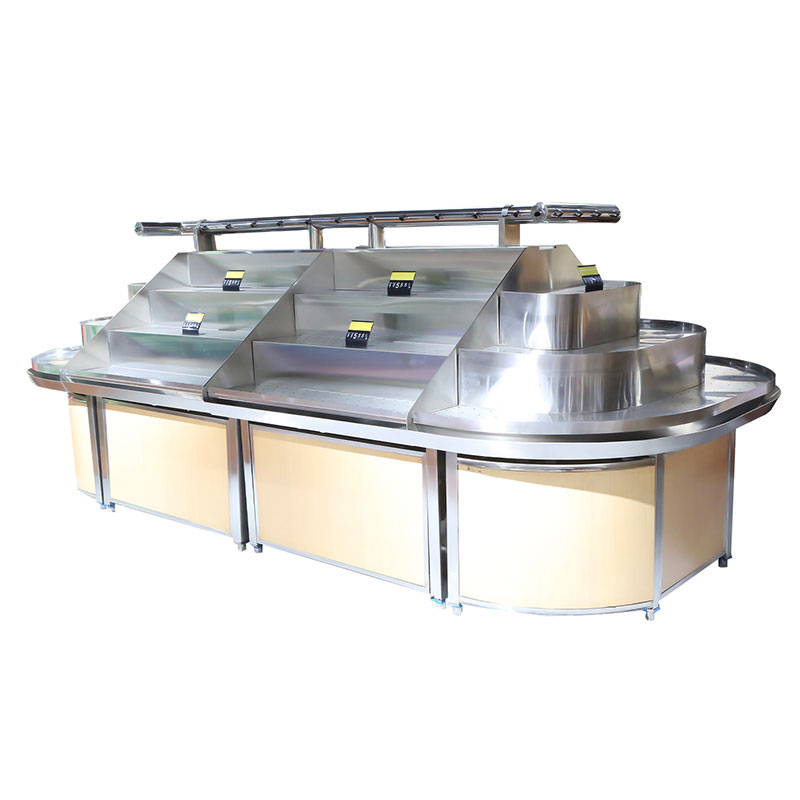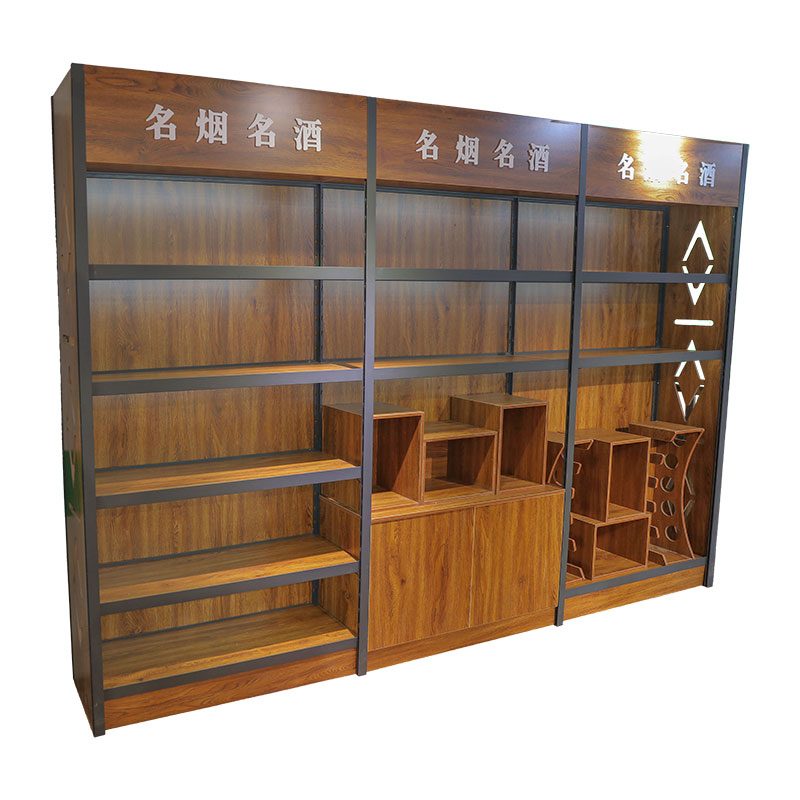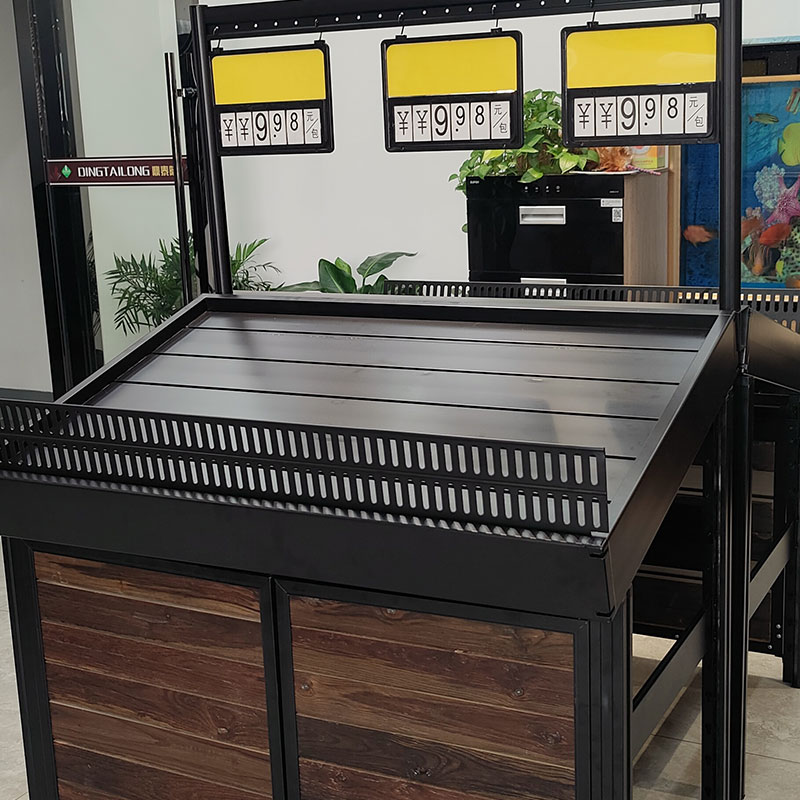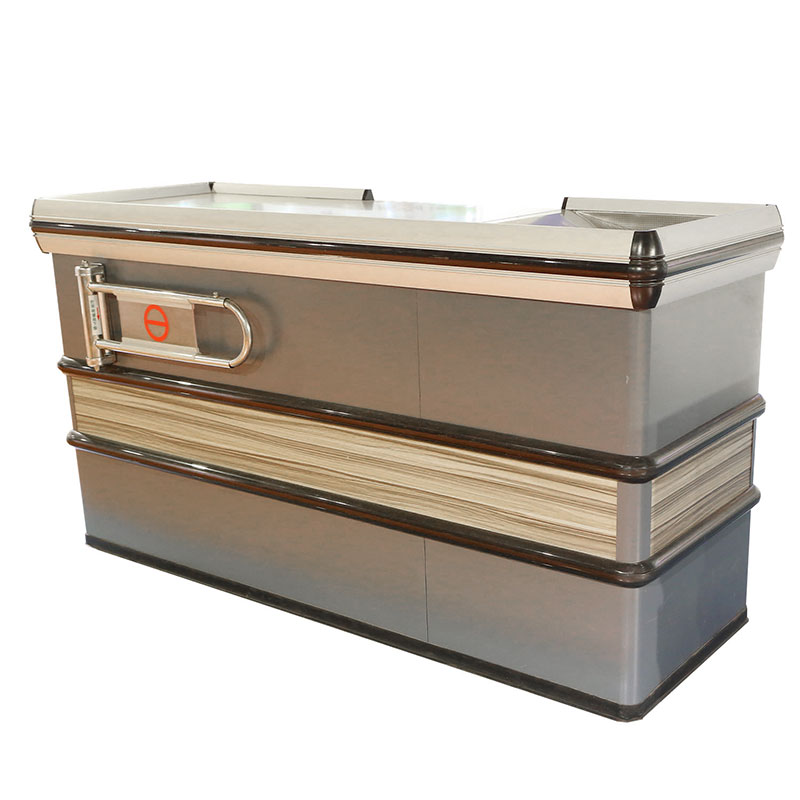Designing the workspace of checkout counters to provide a comfortable and efficient experience for both customers and cashiers during extended periods of use requires careful consideration of layout, equipment placement, and user-friendly features. Here's how you can achieve this:
For Cashiers:
1. Ergonomic Setup:
- Provide adjustable counter heights and monitor stands to accommodate different cashier heights and preferences.
- Position the keyboard, scanner, and monitor at a comfortable viewing and typing angle to reduce strain on wrists and neck.
2. Workspace Organization:
- Arrange equipment in a logical sequence to minimize unnecessary movements during transactions.
- Ensure that all essential items, such as bags, receipt paper, and payment terminals, are within easy reach to avoid excessive stretching or bending.
3. Anti-Fatigue Mats:
- Place anti-fatigue mats at cashier stations to reduce the impact of standing for extended periods, minimizing leg and foot discomfort.
4. Ergonomic Seating:
- Provide ergonomic seating options for cashiers to use during slower periods, helping them alternate between standing and sitting to reduce fatigue.
5. Task Lighting:
- Install adequate task lighting to prevent eye strain and create a well-lit workspace for accurate scanning and typing.
6. Comfortable Flooring:
- Use flooring materials that provide cushioning and support to reduce foot fatigue and discomfort.
7. User-Friendly Interface:
- Choose user-friendly POS systems with intuitive interfaces to streamline transaction processes and minimize cashier error.
8. Break and Rest Areas:
- Designate nearby break areas where cashiers can take short breaks to relax and recharge during their shifts.
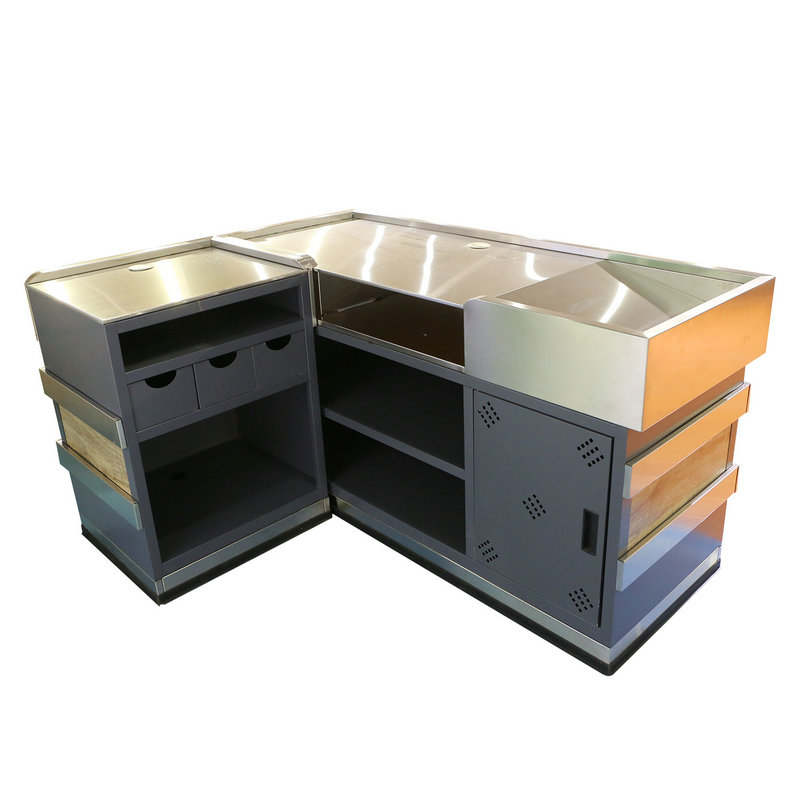
For Customers:
1. Checkout Belt Height:
- Set the conveyor belt at an optimal height to facilitate easy loading and unloading of items, reducing strain for customers.
2. Bagging Area:
- Design a spacious bagging area where customers can comfortably organize their purchases without feeling rushed.
3. Transaction Display:
- Install a customer-facing display that shows the items scanned, prices, and total. This allows customers to verify their purchases and promotes transparency.
4. Space for Personal Items:
- Designate a small area where customers can place their personal items, such as bags, wallets, or phones, while they manage their purchases.
5. Contactless Payment Support:
- Integrate contactless payment options, such as NFC terminals or QR codes, to expedite transactions and reduce the need for physical contact.
6. Clear Signage:
- Display clear signage indicating where customers should place items for scanning, how to use contactless payment options, and any other relevant instructions.
7. Queue Management:
- Design the checkout area with organized queues that guide customers towards available registers, reducing confusion and wait times.
8. Space for Children:
- Include designated space for families with young children to keep them engaged and comfortable during the checkout process.
9. Barrier-Free Access:
- Ensure that the checkout counter area is accessible to individuals with disabilities, with appropriate space for mobility aids and clear paths.

 English
English русский
русский Deutsch
Deutsch Español
Español 中文
中文